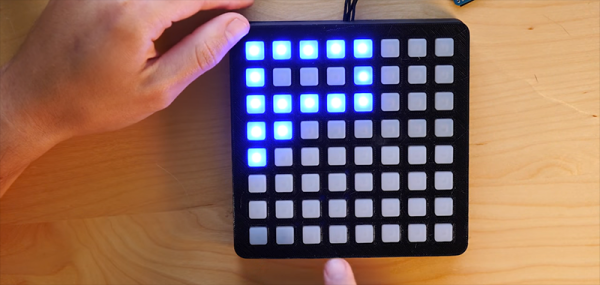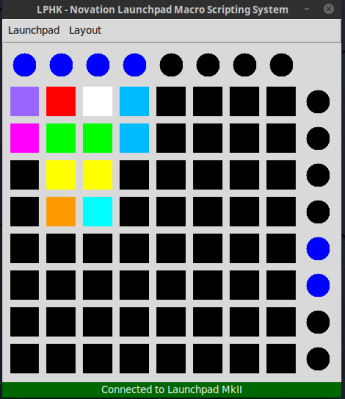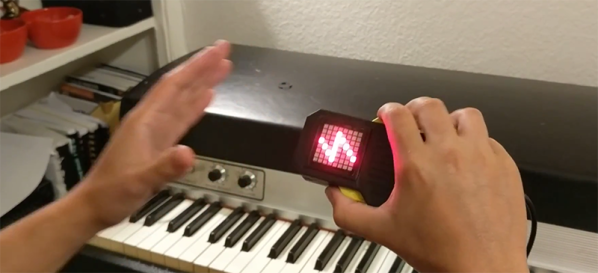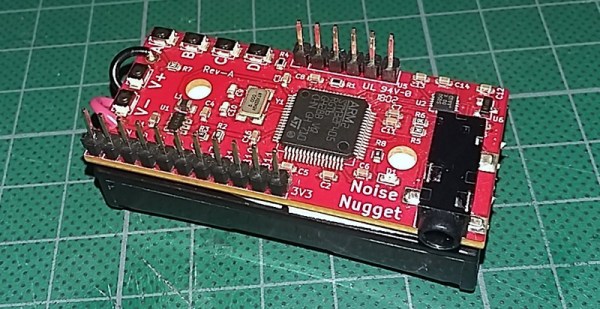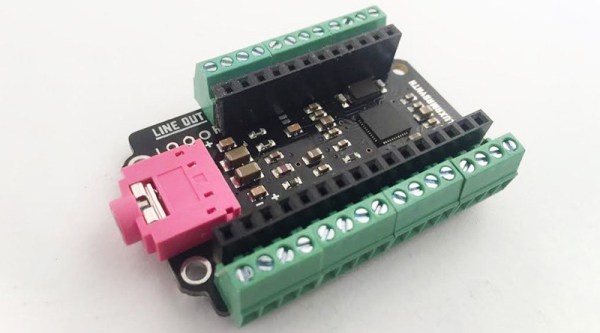A piano’s keyboard doesn’t make sense. If you want to want to play an F major chord, just hit an F, an A, and a C — all white keys, all in a row. If you want to play a B major chord, you hit B, a D#, and an F#. One white key, then two black ones. The piano keyboard is not isomorphic, meaning chords of the same quality have different shapes. For their entry into the Hackaday Prize, [CSCircuits] and their crew are working on a keyboard that makes chords intuitive. It’s called the Kord Kontroller, and it’s a device that would also look good hooked up to Ableton.
The layout of the Kord Kontroller puts all the scale degrees arranged in the circle of fifths in the top of the keyboard. To play 90% of western music, you’ll hit one button for a I chord, move one button to the left for a IV chord, and two buttons to the right for a V chord. Chord quality is determined by the bottom of the keyboard, with buttons for flat thirds, fourths, ninths, elevenths and fourteenths replacing or augmenting notes in the chords you want to play. Since this is effectively a MIDI controller, there are buttons to change octaves and modes.
As far as hardware goes, this keyboard is constructed out of Adafruit Trellis modules that are a 4×4 grid of silicone buttons and LEDs that can be connected together and put on a single I2C bus. The enclosure wraps these buttons up into a single 3D printed grid of button holes, and with a bit of work and hot glue, everything looks as it should.
It’s an interesting musical device, and was named as a finalist in the Musical Instrument Challenge. You can check out a demo video with a jam sesh below.
Continue reading “Redesigning The Musical Keyboard With Light-Up Buttons”

